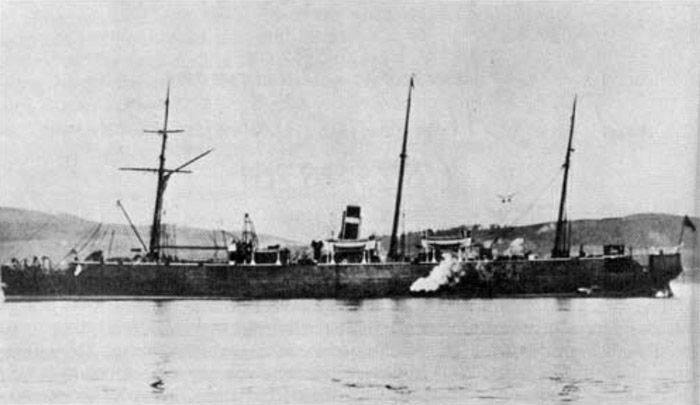The centrality of the 1870s for Manitoba’s present being can be noted in a variety of ways. It started with the community coming together in January 1870, when Louis Riel gained the support of most of the anglophone community in a convention to establish a provisional, representative government. It would discuss terms of entry into confederation with the Canadian government. With the Manitoba Act, high hopes and trepidation, Manitoba the province was formed May 12, 1870. The 1870s were also when most of the treaties were formed with several Indigenous nations, the buffalo hunt became a massive business which led to their near extinction and the new city of Winnipeg was incorporated.
Manitoba started with a population around 25,000 and ten years later was around 62,000 people. That is a population explosion of 148% – in ten years! The 1870s were precisely when 7,000 Mennonite settlers chose to leave Imperial Russia and make the move to Manitoba (1874 to 1876). Mennonite Heritage Village (MHV) is commemorating the 150th anniversary of these Mennonites arrival to Manitoba this year and the next two. Within those first years they faced great challenges including grasshopper plagues, major snowstorms, and drought.
The following is from a tribute Lawrence Klippenstein wrote for the Manitoba Historical Society in Autumn, 1975:
“The seven thousand Russian Mennonites who arrived then may have constituted the largest single newcomer group to enter Manitoba in the 1870-1880 period. After investigations began in 1872, the first contingents of settlers began to arrive in July and August two years later, in 1874. They, along with all others following them that fall, headed for a ‘reserve’ of eight townships of bush, swamp, and some dry prairie land located east of the Red River, and south of the Lake Superior-to-Fort Garry Dawson Road just opening during those years.
At least eight trans-Atlantic trips are known to have brought a total of 1533 men, women and children from Russia to Canada in the same year. With very few exceptions all of these families ultimately made their way to the twenty one village communities established in the ‘East Reserve’ before winter came in 1874.
The influx of Mennonite settlers peaked in the following year, amounting to fully twelve per cent of the total immigration to Canada in 1875. At least eight ships, loaded with a total of 3341 passengers left Liverpool, England for Quebec, Canada between May and October.”
The 1870s were an exciting time of exploration and settlement for 1000s of settlers. Jacob Shantz, an Ontario Mennonite businessman, played a crucial role in assisting the Mennonite immigrants. He explored the open plains west of the Red River, seeking additional arable land as the available space filled up. His efforts contributed to the growth and development of the region during this transformative decade.
In summary, the 1870s shaped Manitoba’s identity through the establishment of its provincial status, immigration waves, and the determined spirit of settlers like the Metis and Mennonites. It was a time of decent relations and reliance between different people groups that if it had been furthered in the following decades would have been much better for all involved. This is why I believe the 1870s was Manitoba’s most significant decade and is worth commemorating.




